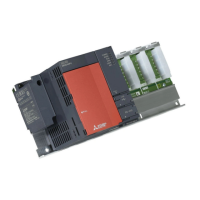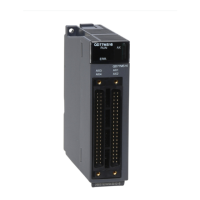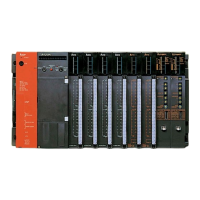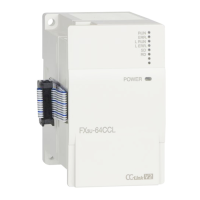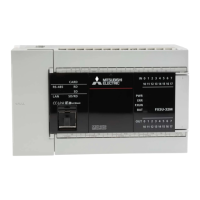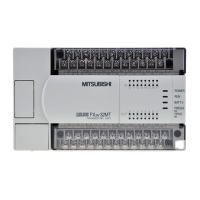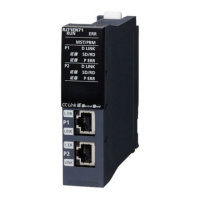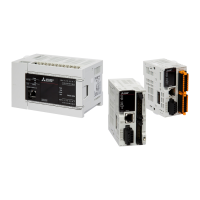385
CHAPTER 4 DEVICES
4
4.6 Index Register (Z)/Standard Device Resister (Z)
4.6.1 Index register (Z)
4.6 Index Register (Z)/Standard Device Resister (Z)
4.6.1 Index register (Z)
The index register is used for indirect specification (index modification) in sequence programs.
Index modification uses one point of the index register.
The index register has 20 points (Z0 to Z19).
(1) Bit structure of the index register
(a) Bit structure and read/write unit
One point of the index register consists of 16 bits, and data can be read or written in units of 16 bits.
Index register data are handled as signed data.
In the case of the hexadecimal notation, 0000
H
to FFFF
H
can be stored. However, because the most significant bit
represents a sign bit, decimal values that can be specified are -32768 to 32767. (When using T, TS, or C device, specify the
values within the range of -16384 to 16383.)
(b) When using the index register for a 32-bit instruction
The processing target is Zn and Zn+1.
The lower 16 bits correspond to the specified index register number (Zn), and the higher 16 bits correspond to
the specified index register number + 1.
When Z2 is specified in the DMOV instruction, Z2 represents the lower 16 bits and Z3 represents the
higher 16 bits. (The most significant bit in a 32-bit structure is a sign bit.)
X0
K5
Z0
MOVP
SM400
D0Z
0K4Y30
BCD
Specify the index register
by one point (16 bits).
Zn
b15
to
b0
Most significant bit represents a sign bit.
D0
Z2
DMOV
Z3 Z2
Processing target:
Upper 16 bits Lower 16 bits
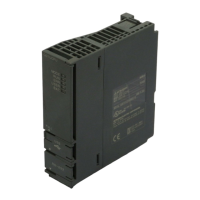
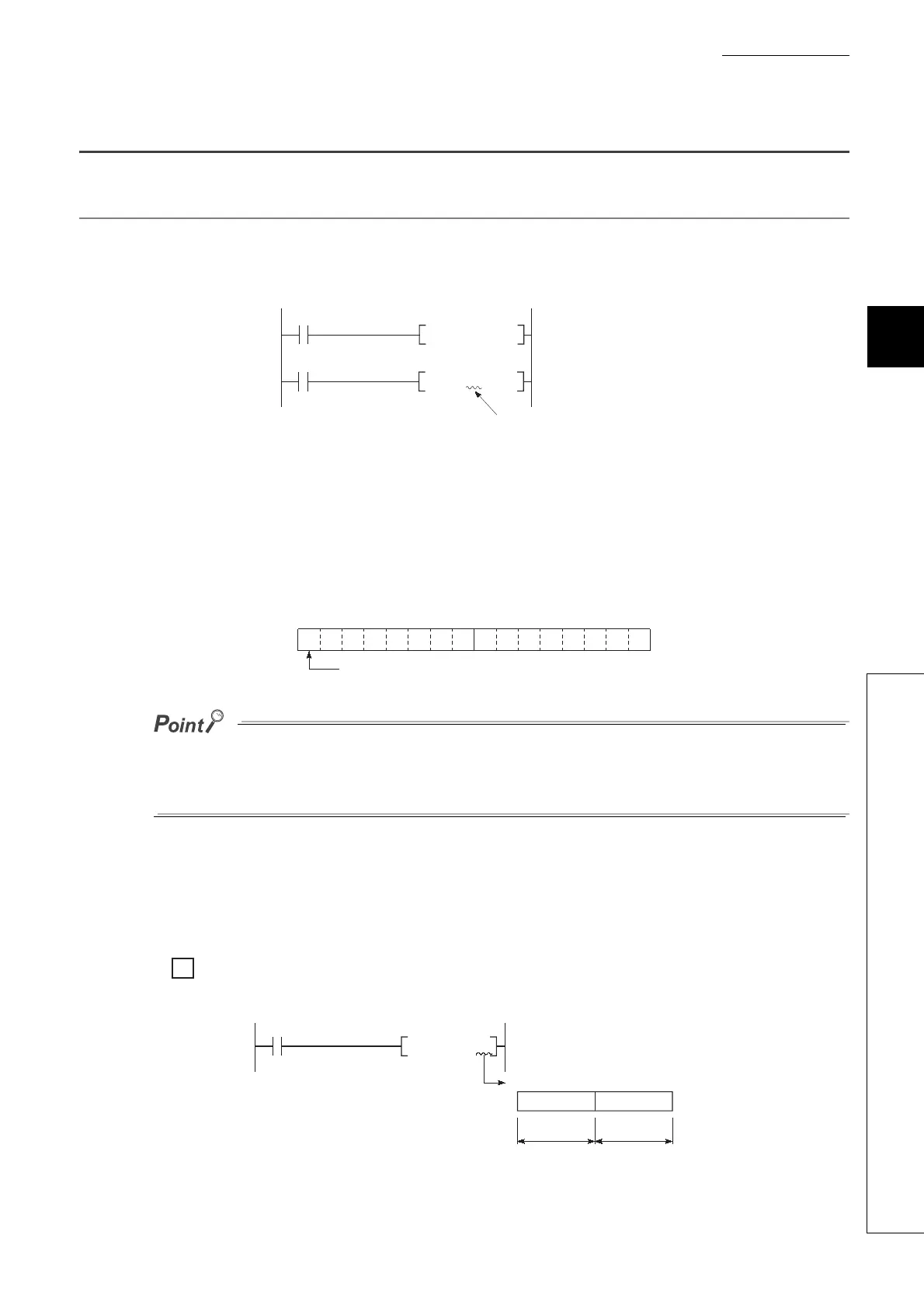